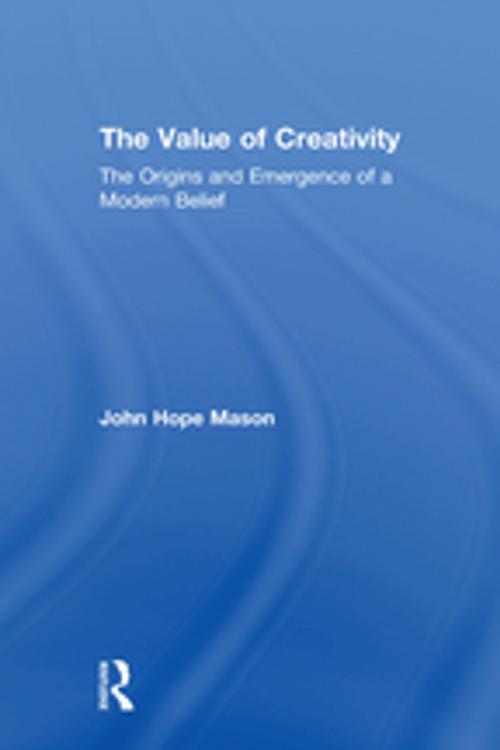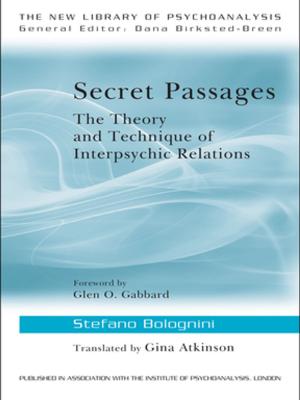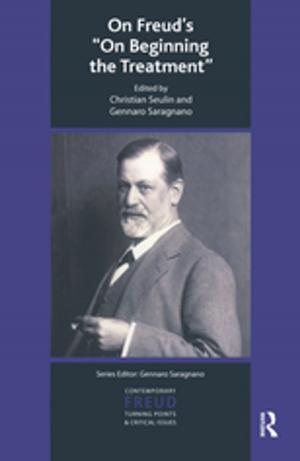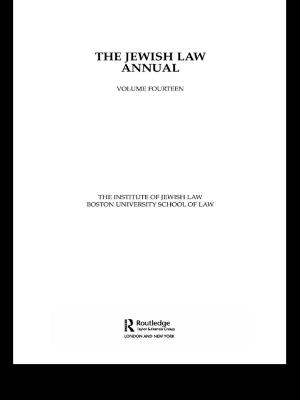| Author: | John Hope Mason | ISBN: | 9781351880664 |
| Publisher: | Taylor and Francis | Publication: | September 8, 2017 |
| Imprint: | Routledge | Language: | English |
| Author: | John Hope Mason |
| ISBN: | 9781351880664 |
| Publisher: | Taylor and Francis |
| Publication: | September 8, 2017 |
| Imprint: | Routledge |
| Language: | English |
In the middle of the 19th century a new value began to appear in Western Europe - the belief that (in the words of Matthew Arnold) 'the exercise of a creative activity is the true function of man'. This book gives an account of the stages by which, and the reasons why, this development occurred at that time. In so doing it reveals a historical puzzle, for the main factors which can be seen to have given rise to the new value - mainly scientific, technological, economic and political - were not reflected in the value itself, for that was applied almost exclusively to artistic and cultural activity. John Hope Mason sets out to explain this puzzle by showing how throughout European history there have been two radically different views of the creative attribute. An early example of one view was the character of Prometheus in Greek mythology; influential examples of the second were the figures of God the Creator in Judaeo-Christian theology and the neo-Platonic One in Hellenistic philosophy. The book shows how the contrast represented by those figures informed discussions of genius in the 18th century and indicates why the notion of creativity which came to prevail then assimilated it with purely aesthetic and moral concerns. Combining a broad perspective with a close analysis of key figures - from Adam Smith, Rousseau and Kant, to Arnold, Marx and Nietzsche - this book casts a new light on a central value of the modern world.
In the middle of the 19th century a new value began to appear in Western Europe - the belief that (in the words of Matthew Arnold) 'the exercise of a creative activity is the true function of man'. This book gives an account of the stages by which, and the reasons why, this development occurred at that time. In so doing it reveals a historical puzzle, for the main factors which can be seen to have given rise to the new value - mainly scientific, technological, economic and political - were not reflected in the value itself, for that was applied almost exclusively to artistic and cultural activity. John Hope Mason sets out to explain this puzzle by showing how throughout European history there have been two radically different views of the creative attribute. An early example of one view was the character of Prometheus in Greek mythology; influential examples of the second were the figures of God the Creator in Judaeo-Christian theology and the neo-Platonic One in Hellenistic philosophy. The book shows how the contrast represented by those figures informed discussions of genius in the 18th century and indicates why the notion of creativity which came to prevail then assimilated it with purely aesthetic and moral concerns. Combining a broad perspective with a close analysis of key figures - from Adam Smith, Rousseau and Kant, to Arnold, Marx and Nietzsche - this book casts a new light on a central value of the modern world.















